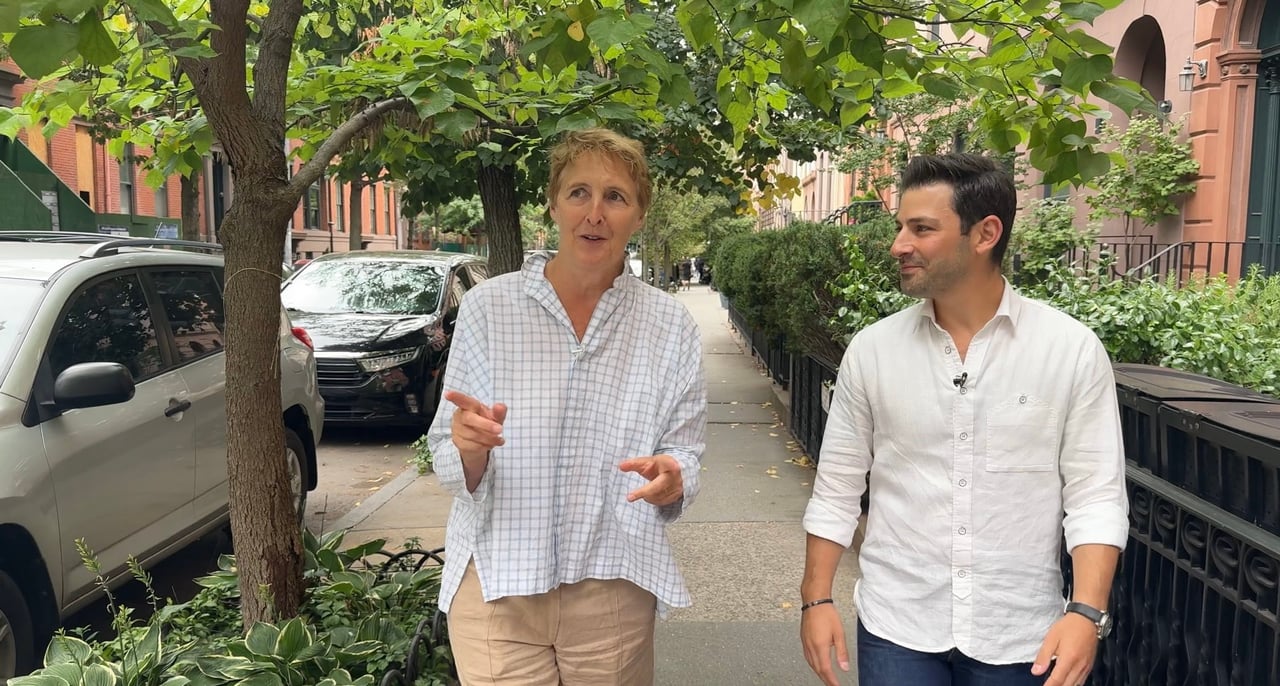Cultivate enduring relationships from first contact to lifelong client

In New York, where everything moves at a “New York minute” pace, it’s easy to get caught up in the bustle and move on to your next deal. But in the business of real estate, taking the time to slow down and cultivate lifelong relationships with your clients is paramount — and more important than ever.
It’s not just about making a sale; it’s about building a foundation of trust, providing ongoing value and ensuring that your clients keep coming back, while also referring you to new business. As someone who has been fortunate to represent clients through multiple chapters of their lives, I’ve found that this relationship-building mindset is the key to long-term success.
Here are five tangible strategies that I’ve employed to cultivate enduring real estate relationships and leverage them for future business.
1. The power of ‘surprise and delight’
One of the most impactful ways to establish a lasting connection is to create memorable moments for your clients. I’m a big believer in “surprise and delight” — small, thoughtful gestures that show your clients you value them as more than just a transaction.
I recently sat down with one of my long-time clients, Fiona Shaw, who I helped find her very first New York City apartment — her first investment in the complicated intricacies of NYC real estate.
When I met Fiona in the fall of 2015 and closed her deal in January 2016, I made it a point to send her a birthday gift to her home in London, as well as leave a surprise waiting in her new apartment during her first visit in the spring.
These personalized touches are what set you apart and keep you top of mind for years to come. Now, nearly a decade later, Fiona not only remembers those moments, but we’ve developed a close friendship. She even insists that I bring my family to visit whenever she’s in town.
Showing clients that you care on a personal level can foster a bond that lasts well beyond the initial sale. This can be done in very simple but thoughtful ways. One way I do this is if I know a client is headed to dinner for an anniversary or birthday, I make sure I have the details and order dessert or champagne to their table.
Sometimes a simple gesture is all you need in life. A key tip to apply this to your business: I recommend keeping a notes section of your phone or in the notebook you use for work and detail important things to note about your clients.
You can use an app to remind you of birthdays or important milestones, and it only takes 30 seconds to send a note to show you’re thinking of them.
2. Client testimonials: The ultimate social proof
Written testimonials are great, but video testimonials are even more compelling. After years of keeping in touch with Fiona, I felt comfortable asking her to participate in a video testimonial as part of a series I’m currently shooting. These client video stories are an incredible way to build trust and credibility, especially when featuring notable clients or those who’ve had exceptional experiences.
I incorporate these testimonials into my listing presentations, newsletters and social media posts. Potential clients often feel more comfortable working with an agent when they see firsthand accounts of success. In a world driven by social proof, testimonials can validate your skills and make your message resonate with a wider audience.
Success stories, especially when you can tie them to personal involvement and client satisfaction, go a long way in attracting new business.
Every time you close a transaction, take a moment to reflect on the lessons you learned, any positives or ways you added value to get the deal done, and write them down. I find it is easiest to write down all the details so when you revisit weeks or months later, you’ve outlined this and can begin to brainstorm how to leverage this to your network and in your marketing.

Fiona Shaw and Evan Roth | Courtesy of The Agency
3. Highlighting case studies and success stories
One of my favorite strategies for showcasing value is through case studies, or what I like to call “deal stories.” These are detailed narratives of transactions where my involvement made a measurable difference for the client.
For instance, I recently helped a buyer save nearly $75,000 on mortgage tax, which required knowledge of the specific financing process and nuanced negotiations between parties on the transaction.
Another case study I have used to showcase my capabilities is when I negotiated a strategy to secure a townhouse for clients despite significant structural issues and an uncooperative seller.
Sharing these stories on social media or during client meetings has been an effective tool for demonstrating my expertise and problem-solving abilities. The line between case studies and success stories can sometimes blur, but remember that each story adds another layer of credibility and trust in your ability to get results and the value you bring to the table.
Be sure to develop these case studies and apply them to your business pitch. They can be as simple as telling a story, printing out a custom one-sheet to leave with your client, or sending a positive quote from a client in your follow-up email.
4. Providing ongoing support, even after the sale
The client lifecycle doesn’t end at closing. One of the most effective ways to nurture a lifelong client relationship is to provide ongoing service, even after the deal is done. This might involve helping a client relocate by connecting them with vetted vendors — designers, landscapers or maintenance teams — in their new city, or assisting in any home improvement project post-sale.
Whether it’s offering guidance for an out-of-state move or facilitating international real estate deals, being a resource for clients long after they’ve moved into their new home solidifies your value.
Tap into your office’s marketing team to talk about the resources they provide and how to leverage the network of your larger brokerage.
5. Empathy and understanding: The emotional side of real estate
A real estate transaction can be one of the most emotional decisions a person makes, whether they’re a first-time buyer or an empty nester downsizing after decades in their family home. Having empathy for your clients’ emotions is key to building a lasting relationship. I’ve found that clients who feel genuinely cared for are often the ones who stay with you for life.
As an example, I once worked with a couple selling their longtime family home to downsize. It was a deeply emotional process, and by being attentive to their concerns and handling the transition with care, I’ve not only stayed in touch with them but also gained referrals from their circle of friends. When clients feel emotionally supported, they are much more likely to think of you when future real estate needs arise.
In today’s business, it is essential to generate leads and the No. 1 untapped resource is often your past clients. As you can see, I’ve used testimonials to set myself apart in a crowded marketplace and really show my long-term relationships and how I approach the business.
Take a moment to reflect on your past transactions — both the good and the bad — there is always something to be learned and shared in your message to clients. Whether you create a series around testimonials, a method for initiating follow-ups and thoughtful moments to show your value, you need to map out how you’re going to share these experiences through your marketing and the cadence for the year ahead.
Ultimately, these efforts will not only keep past clients coming back but will also open doors to new business for years to come.



